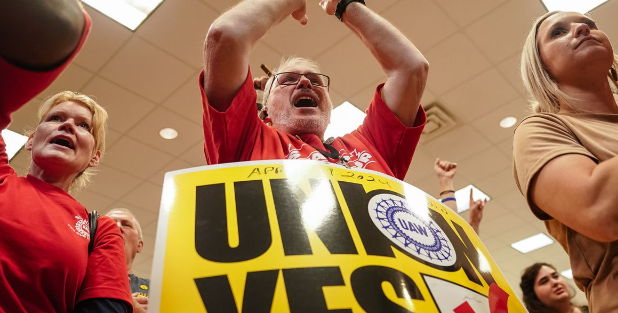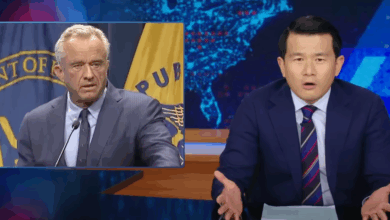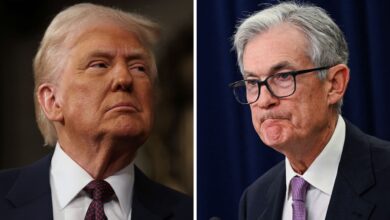Surge in Union Election Requests Reaches Decade-High Levels

Union election requests have surged to their highest level in a decade, signaling a renewed interest in labor organization among workers across various industries. This trend marks a significant shift in the labor landscape, reflecting growing discontent and a desire for better working conditions, wages, and benefits.
According to recent data from the National Labor Relations Board (NLRB), the number of union election petitions filed in the past year has seen a substantial increase. This uptick is the highest recorded in ten years, highlighting a widespread resurgence in union activity. Workers from sectors including retail, healthcare, technology, and manufacturing are leading this charge, seeking to leverage collective bargaining to address their grievances.
Experts attribute this rise to several factors. The COVID-19 pandemic exposed and exacerbated workplace issues, such as safety concerns, job security, and fair compensation. Additionally, a tight labor market has empowered employees to demand more from their employers. As a result, many workers are turning to unions as a means to negotiate better terms and conditions.
“The increase in union election requests is a clear indication that workers are feeling more empowered to stand up for their rights,” said labor expert Lisa Thompson. “There is a growing recognition that collective action can lead to meaningful improvements in the workplace.”
High-profile unionization efforts have also played a role in inspiring workers. Successful campaigns at major companies like Amazon and Starbucks have garnered significant media attention, demonstrating the potential impact of unionization. These victories have provided a blueprint for other workers looking to organize and have galvanized the broader labor movement.
However, the path to unionization is not without challenges. Employers often mount vigorous opposition to union efforts, employing tactics such as anti-union campaigns and legal battles to thwart organizing activities. Despite these obstacles, the persistence of workers seeking union representation underscores their determination to secure better working conditions.
Union leaders are optimistic about the future, seeing this surge in election requests as a sign of a broader shift in labor relations. “We are witnessing a historic moment for workers’ rights,” said Maria Lopez, a union organizer. “This renewed interest in unionization is a testament to the power of solidarity and the desire for a fairer workplace.”
As the trend continues, the implications for employers, employees, and the economy at large remain significant. Increased union activity could lead to more robust labor protections and a rebalancing of power between workers and employers. For now, the rise in union election requests signals a pivotal moment in the ongoing struggle for workers’ rights and better working conditions.





